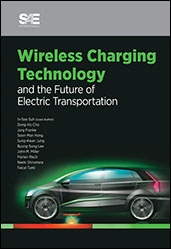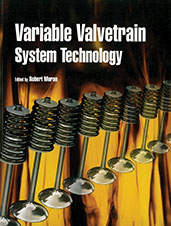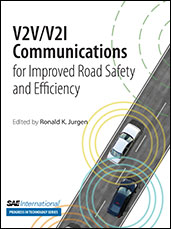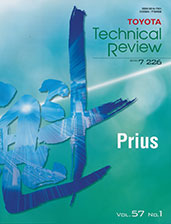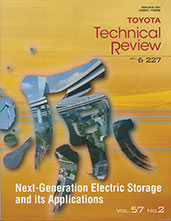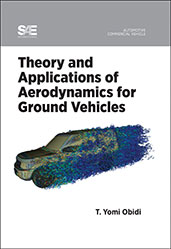Book

Women in Mobility Bundle
2021-05-21
Continuing SAE International's ongoing commitment to support equality across the entire mobility industry, two new books feature women leaders in the field of automotive and aerospace. Flight Paths to Success profiles the personal journeys of 33 women who have been, and continue to be, successful in aviation, space, and academia. The book's contributors-from suppliers to OEMs to higher education-candidly share their in-depth, personal perspectives on the habits, motivations, triumphs, defeats and lessons learned that helped them achieve top jobs in the industry. The Road Forward is a follow up to the 2019 SAE best-selling book The Road to the Top is Not on the Map. The latest book features 70 of the most influential women in the automotive industry, who offer their insights and advice for colleagues, peers and the next generation of women entering the workforce.
